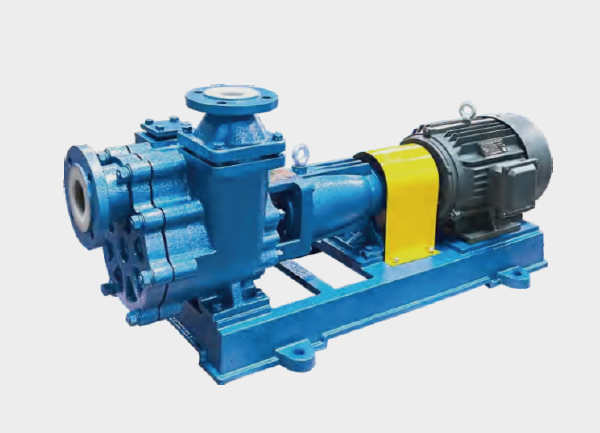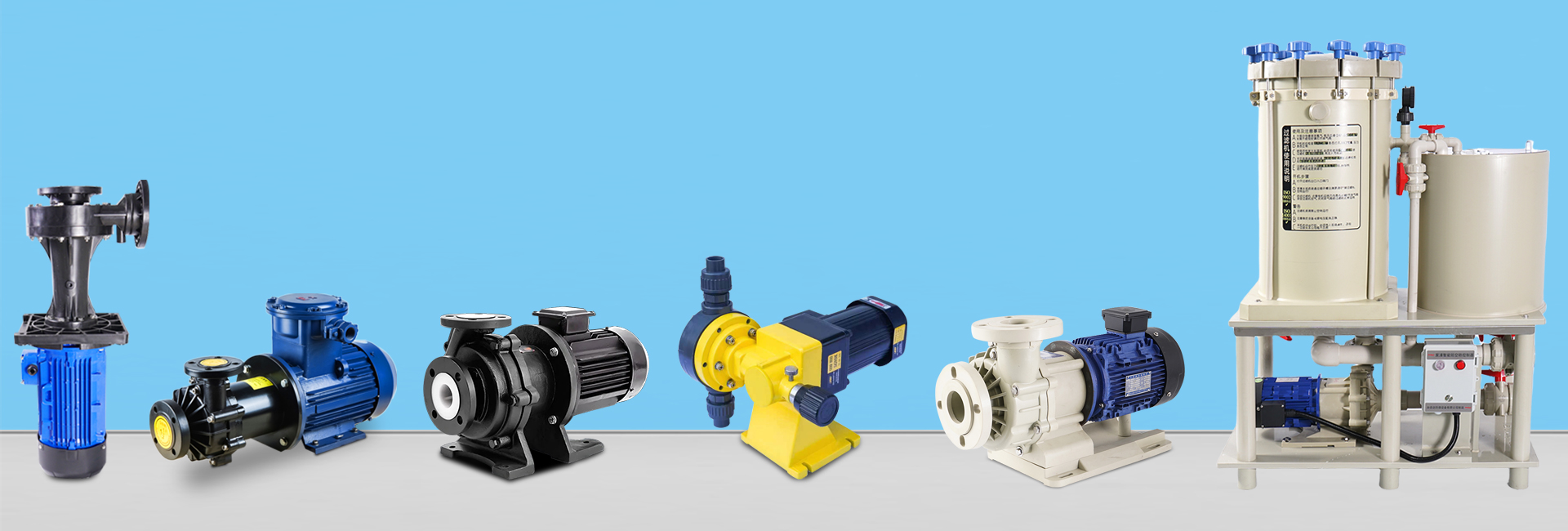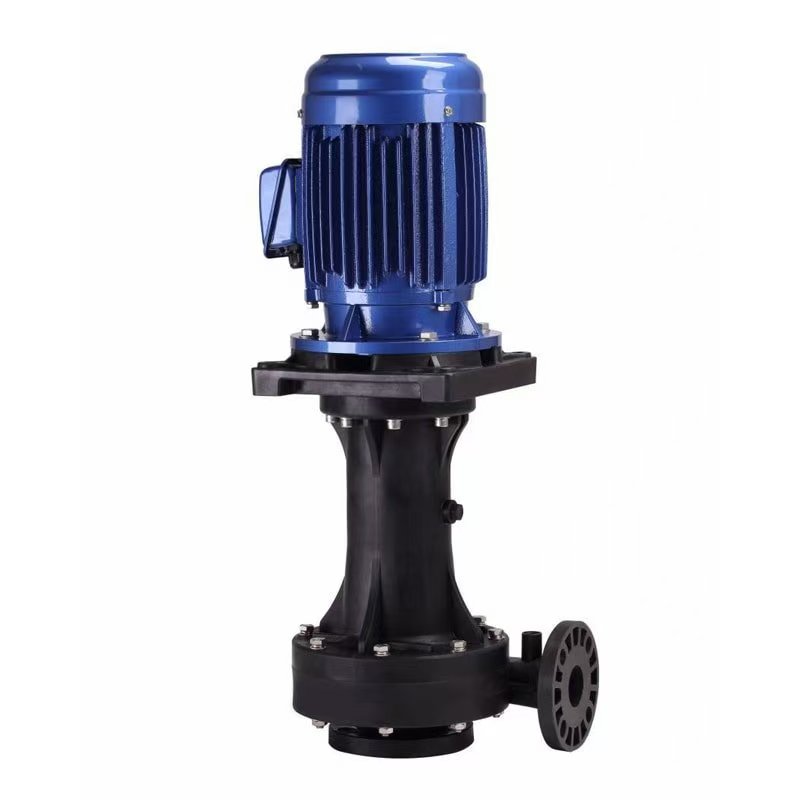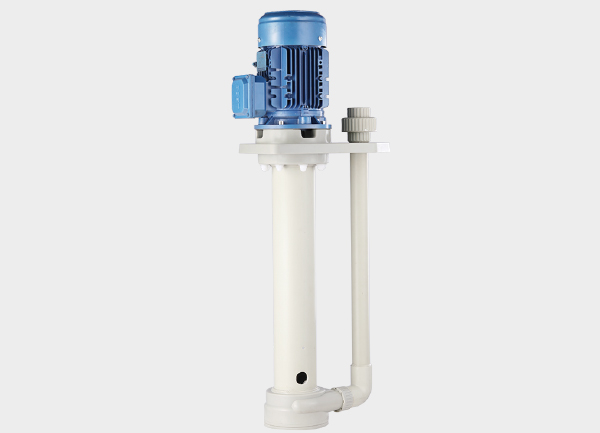Negative pressure issues in self-priming pumps are commonly caused by the following factors:

Leaks in the Suction Line: Leaks at the suction line connections or valves can allow air into the system, creating negative pressure. The solution is to inspect the suction line, joints, and valves for leaks and ensure all seals are tight.
Air in the Suction Line: Self-priming pumps rely on the presence of sufficient liquid in the pump to function properly. If there is air in the suction line, the pump will not operate effectively. To resolve this, ensure that the suction line is air-free by purging any trapped air or maintaining an adequate liquid level in the line.
Excessive Suction Height: If the suction height is too high, the pump may struggle to create the required pressure, leading to negative pressure. The solution is to either reduce the suction height or use a pump with a suitable specification for the required suction head.
Worn or Damaged Impeller: A worn or damaged impeller can reduce the amount of fluid the pump can move, increasing negative pressure. Regularly inspect the impeller for wear, and replace it if necessary.
Incorrect Pump Start-Up Conditions: A self-priming pump requires the pump casing to be filled with liquid before starting. If the pump runs dry or the pump casing is not adequately filled, negative pressure can occur. Ensure proper start-up procedures are followed to prevent air from entering the system.
High Liquid Temperature or Viscosity: If the fluid temperature is too high or its viscosity is too thick, it may hinder the pump’s ability to operate properly, leading to negative pressure. Adjusting the fluid’s temperature or using a pump suited to the fluid’s characteristics can help resolve this issue.
Recommended Solutions:
Check System Seals: Ensure that there are no leaks in the suction line, joints, or valves to maintain proper pressure.
Ensure Proper Liquid Charging: Before starting the pump, make sure the pump casing is completely filled with liquid to avoid dry running.
Adjust Suction Height: Set the suction height to an optimal level, making sure it does not exceed the pump’s rated suction capability.
Replace Worn Parts: Regularly inspect and replace damaged or worn-out parts, such as the impeller and seals.
Choose the Right Pump: Select the appropriate self-priming pump based on the specific requirements of your system to avoid issues with negative pressure.
By implementing these solutions, negative pressure problems in self-priming pumps can be effectively mitigated. If the issue persists, it is advisable to consult with a professional technician for further diagnosis and repair.







